Overview of Large Dogs That Do Not Shed
The process of finding the perfect dog companion can be daunting for potential dog owners, especially for those with allergies to dog hair. Choosing a large breed that doesn’t shed much can be beneficial for allergy sufferers and provide several other advantages as well.
In this article, we will explore what causes dog hair allergies, dog hair shedding, which big dog breeds are considered, and how to find large breeds with low shedding levels. We will also discuss the benefits of owning a large breed that does not shed. By the end of this article, you’ll have all the necessary information to make an informed decision about choosing your perfect pet companion. Let’s get started!
For a comprehensive tool for all dog attributes visit our breed page.
What Weight Defines a Large Breed?
Dogs come in all shapes and sizes, from tiny teacup breeds to giant breeds that can weigh over 200 pounds. In general, dogs are categorized into different size classes, ranging from smallest to Giant, based on their weight.
The smallest dogs weight less than 10 pounds. Small dogs typically weigh between 10 and 22 pounds, while medium dogs weigh anywhere from 23 to 55 pounds. Large dogs can weigh between 56 and 100 pounds, while Giant breeds are that typically weigh over 100 pounds. For a full list of dog breeds visit the American Kennel Club.
Many dog breeds overlap these ranges. It’s important to keep these weight ranges in mind when selecting a dog breed, as the weight and size of a dog can impact their physical and emotional needs, as well as the amount of space and food they require.
How and Why did Large Dogs Originate?
Large dog breeds have played a significant historical role in society, originally bred to serve variety of roles such as guard dogs, military dogs, and hunting dogs. For example, breeds like the Mastiff and Great Dane were often used as guard dogs to protect castles and estates.
Large breeds like the German Shepherd and Doberman Pinscher were originally bred for military and police work, thanks to their strength, intelligence, and loyalty. Hunting breeds like the Irish Wolfhound, and Bloodhound were also big dogs that played important roles in assisting humans in tracking and taking down wild game. Other large breeds like the Saint Bernard are not a hunting dog, but were used as both working dogs or farm dogs for pulling carts or search and rescue.
Over time, large breeds have been selectively bred for their size and strength, resulting in the development of new breeds like the Bernese Mountain Dog, Newfoundland, and Great Pyrenees. Today, large dog breeds continue to play important roles as service dogs, affectionate dogs, therapy dogs, and loving family companions.
What Types of Fur do Dogs Have?
There are many different fur varieties found in big dog breeds, each with their own unique characteristics and maintenance needs. Dogs can have anything from short, sleek coats to long and fluffy coats, and their fur can be curly, wavy, or straight.
Common fur types include double coats, which consist of a thick, soft undercoat and a coarser topcoat, and single coats, which are shorter and less dense. Some breeds also have a wiry coat, which is thick and rough to the touch. Other notable fur types include varieties, where the dog has very little grooming or no fur, and curly, poodle-like fur, which is popular for designer dogs like the Labradoodle and Goldendoodle.
Depending on the fur type, maintenance needs may vary, with some breeds requiring daily brushing to prevent tangling and matting, while others with curly coat may require only minimal grooming.
Why Do Dogs Shed Their Fur?
Dogs are known for shedding their fur, which can be a source of frustration for pet owners. But why do dogs shed their fur? Shedding is a natural process that helps dogs regulate their body temperature and maintain healthy coats.
Dogs typically shed their fur in response to changes in the seasons, with most breeds shedding heavier in the spring and fall. This shedding process allows dogs to adapt to the changing temperatures and grow long coat or a thicker or lighter coat as needed. Additionally, dogs may shed their fur in response to stress, illness, or changes in their diet.
Double coated breeds tend to shed more with “blow their coat” twice a year. The double coat serves to regulate temperatures in both hot and cold. While, single coated breeds will not have seasonal blow outs, but still shed regularly throughout the year. Many breeds with long hair may shed less than those with a short coat, but it appears more due to the length.
Some breeds are known to shed more than others, such as Huskies, German Shepherds, and the Golden Retriever, while others are considered to be low shedding dogs, like Poodles, Bichon Frises, or Irish Water Spaniel. While low shedding coat can be a nuisance, regular brushing and grooming can help keep under control and promote healthy coats for your furry friend.
What Causes Dog Allergies?
Dog fur and dander are common allergens that can trigger allergic reactions in sensitive individuals. Dog fur or hair itself is not usually the cause of allergies, but rather pet dander, which is made up of tiny flakes of skin shed by dogs, and can be found in their fur, saliva, and urine.
When these allergens come into contact with the respiratory tract or skin of an allergic person, they can trigger a range of symptoms such as sneezing, a runny nose, itchy eyes, skin rash, or hives. Dog allergens can also exacerbate symptoms of asthma in some people.
What is a Hypoallergenic Dog Breed?
It’s worth noting that some breeds are considered to be either hypoallergenic dog breeds or low-allergen, meaning that they produce fewer allergens than other breeds. However, even hypoallergenic dogs still produce some allergens and may not be completely allergy-free for all individuals.
For those with dog allergies, taking steps like regularly grooming your dog, keeping your home clean and well-ventilated, and using air purifiers and other allergen-reducing products can help minimize symptoms.
Some common dog breeds considered hypoallergenic are: The Afghan Hound, American Hairless Terrier, Barbet, Bichon Frise, Giant Schnauzer, Irish Water Spaniel, Standard Poodle, Peruvian Inca Orchid, Portuguese Water Dog, Soft-Coated Wheaten Terrier, and the Xoloitzcuintli
What about Hairless Dogs?
Hairless dogs, such as the Mexican Hairless (Xoloitzcuintli) and Chinese Crested, don’t have the same type of fur or hair as other breeds, but that doesn’t mean they are entirely free of allergens. both Hairless and coated varieties of dogs are still capable of producing dander, sweat, and saliva, all of which can cause allergic reactions in sensitive individuals. In fact, some people with dog allergies may be more severely affected by non shedding hairless breeds, as allergens can be more concentrated in these dogs’ skin and saliva.
Additionally, while hairless dogs may not shed fur in the same way as other breeds, they do require regular maintenance, including baths, cleansing with antibacterial skin wipes, and application of sunscreen to prevent sunburn. Despite the additional upkeep, hairless dogs can make great pets for those with allergies or for individuals who prefer a lower-maintenance dog grooming routine.
Finding Large Breeds That do Not Shed Much Using the Breed Page at Furlyfe.com
Furlyfe.com Breed page provides a resource to filter dog breeds by size, group, coat type, and 18 other attributes. Using the filter, we select large and giant breeds that have low and very low shedding levels. We get the following list of dogs.
- Alapaha Blue-Blood Bulldog
- American Bulldog
- American Foxhound
- Barbet
- Belgian Laekenois
- Bergamasco
- Black Mouth Cur
- Bluetick Coonhound
- Braque Francais Pyrenean
- Catahoula Leopard Dog
- Curly-Coated Retriever
- German Wirehaired Pointer
- Grand Blue de Gascogne
- Greater Swiss Mountain Dog
- Hanoverian Scenthound
- Irish Wolfhound
- Irish Water Spaniel
- Komondor
- Pointer
- Polish Tatra Sheepdog
- Redbone Coonhound
- Rhodesian Ridgeback
- Saluki
Other attributes Applied: Good Health, Low Grooming, High Intelligence
Using the same filter tool on the Furlyfe Breed Page we apply good health, low grooming levels, and high intelligence and we get the following list of dogs:
Honorable Mentions
The Giant Sized Moderate Shedders
If you are truely committed to a large dog, but may be willing to sacrifice slightly on the shedding to a moderate level, the following big dogs may be the ones for you: Bull Mastiff, Great Dane, Mastiff, Rottweiler, Scottish Deerhound, Giant Schnauzer and the Tosa Ken.
The Medium Sized Light Shedders
If however, you are committed to dogs that don’t shed, but may be willing to take a medium sized dog then the following other dogs might work for you: Standard Poodle, Portuguese Water Dog, Soft Coated Wheaten Terrier, and the Irish Water Spaniel.
Benefits of Owning a Large Dog That Does Not Shed
Owning a large dog that does not shed can have several benefits for pet owners. Firstly, it can be a great option for those with allergies, as dogs that don’t shed don’t produce as much pet dander, which is a common allergen. This can make it easier for allergy sufferers to live with a dog and enjoy their company without experiencing allergy symptoms.
Furthermore, large dogs that don’t shed can be easier to maintain in terms of grooming and cleaning, as they don’t require as much frequent brushing, or vacuuming to manage loose fur. This can save pet owners time and effort in keeping their dog warm their homes clean and tidy.
Grooming a Low-Shedding Large Dog
Dogs that don’t shed much are a versatile breed often favored for their hypoallergenic qualities and low maintenance grooming needs. But even that the dogs mentioned don’t shed as much still require regular grooming to keep their coats healthy and shiny. Here are some grooming tips for low shedding dog breeds:
Brush Regularly
While low shedding breeds may not lose as much fur as other breeds, they still need to be brushed frequently to prevent matting, remove dead hair, and keep their coat tangle free and healthy. Use a high-quality brush or comb recommended for your dog’s coat type and brush in the direction of hair growth.
Trim Hair as Needed
Depending on the breed, your low shedding dog may require occasional haircuts to trim fur around their face, paws, and ears, or to manage hair growth on their body.
Bathe Occasionally
While low shedding breeds may not need frequent bathing, it’s still important to wash them occasionally to remove dirt, sweat, and other debris from their coat. Use a gentle, dog-friendly shampoo and conditioner, and dry thoroughly to prevent skin irritation.
Maintain Dental Hygiene
Regular tooth brushing and annual dental check-ups can help your dog maintain good dental hygiene and prevent oral health problems.
Check Ears and Eyes
Regularly inspect your dog’s ears and eyes for signs of infection or irritation. Clean as needed with a soft, damp cloth or cotton ball and contact your veterinarian if you notice any changes or symptoms
By following these grooming tips, you can help keep your low-shedding dog looking and feeling their best, while minimizing the amount of fur they leave around your home.
Can My Dog’s Diet Affect Shedding?
A dog’s diet can have an impact on their overall health, which in turn can affect their shedding patterns. If a dog’s diet is deficient in essential nutrients, such as protein, omega-3 fatty acids, and vitamins, this can lead to poor skin and coat health, which can cause increased shedding. Conversely, a healthy diet that is rich in high-quality protein sources, like meat or fish, and includes essential fatty acids and vitamins will help promote healthy skin and a shiny, less-shedding, healthy coat throughout.
Additionally, dogs with food allergies or intolerances may experience more frequent shedding due to skin irritation and inflammation. This can be avoided with an appropriate diet that does not contain allergens or irritants for him.
It’s worth noting that if you notice unusual shedding patterns in your dog, it’s important to consult with a veterinarian to rule out underlying health issues. Your vet may also recommend a specific diet or supplements to improve your dog’s skin and coat health and reduce shedding.
Conclusion: Summarizing the Benefits of Owning a Low Shedding Large Breed Dog.
In conclusion, owning a low shedding large breed dog can be beneficial for pet owners with allergies who are looking to enjoy the companionship of great family pets with a dog. These non shedding, breeds produce less pet dander and shed less fur than other breeds, making them easier to maintain in terms of frequent grooming, and cleaning.
We used the Furlyfe Breed Page to identify 23 large breeds that do not shed much. Pet owners should research various breeds to find one that best suits their lifestyle and allergies.
Thank you for taking the time to read about low shedding large breed dogs! Whether you have allergies or are just looking for a pet with minimal maintenance, there is sure to be an ideal breed that fits your needs.


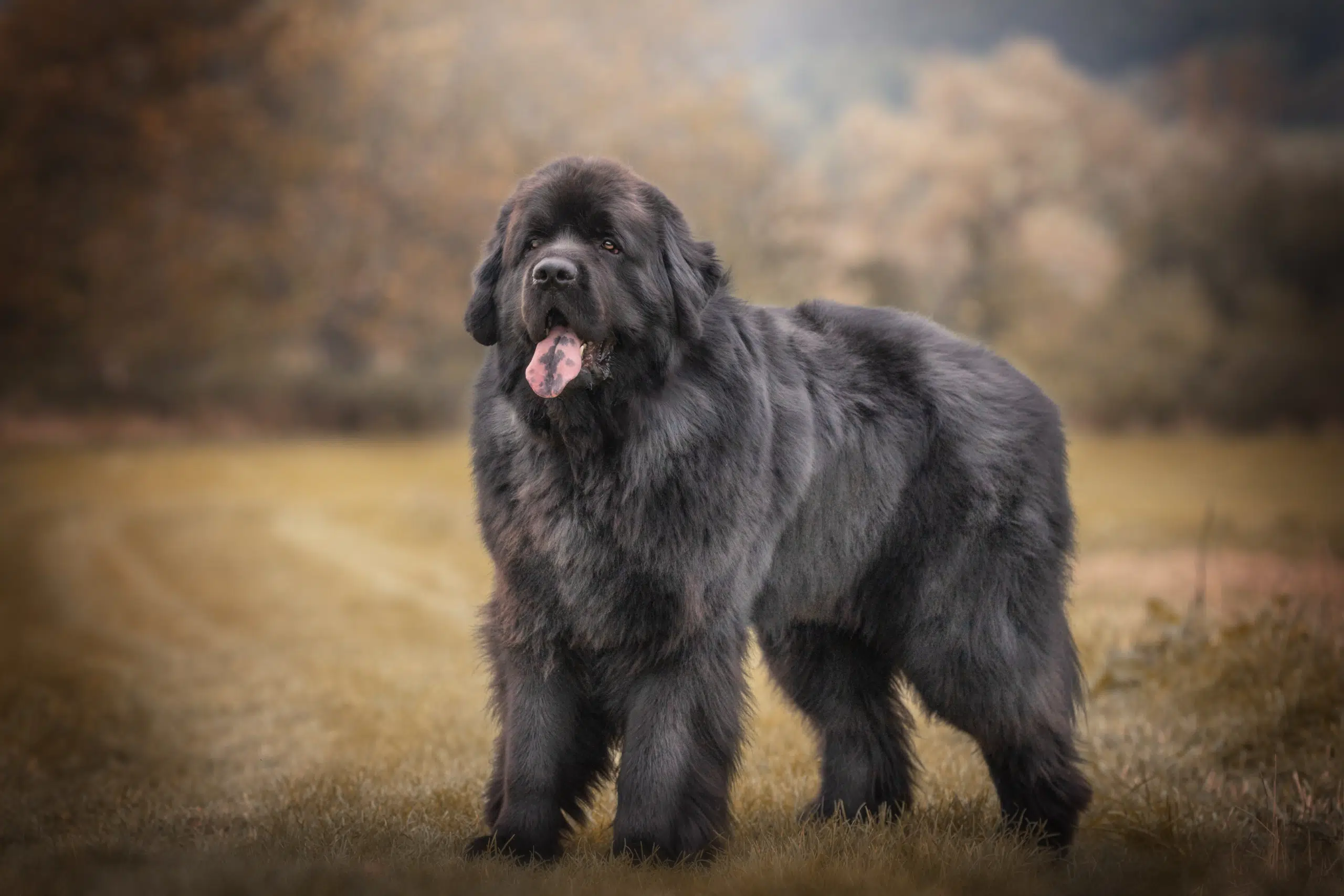
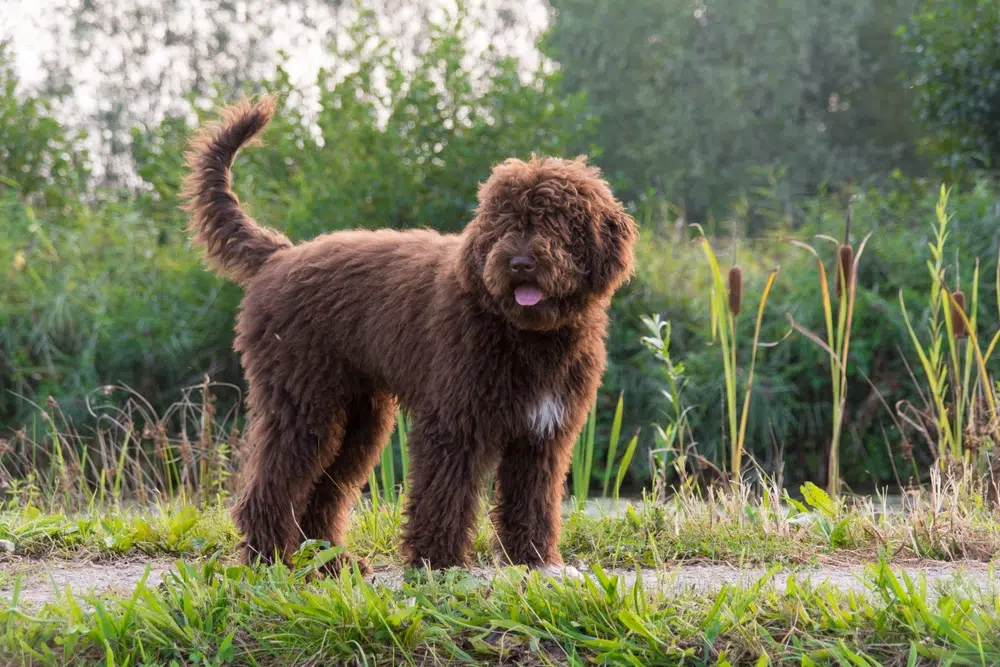
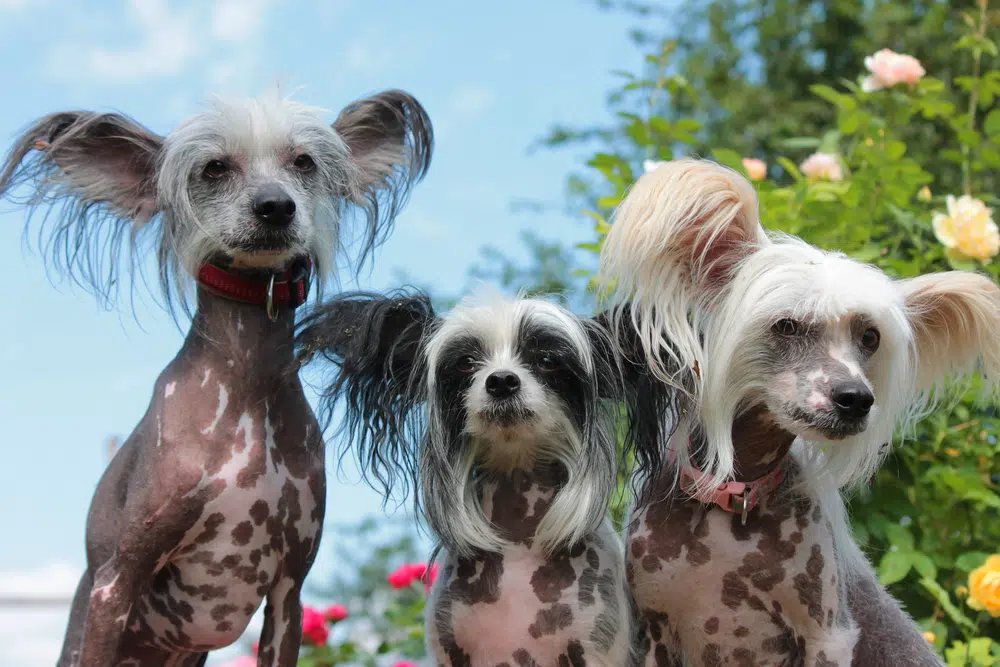
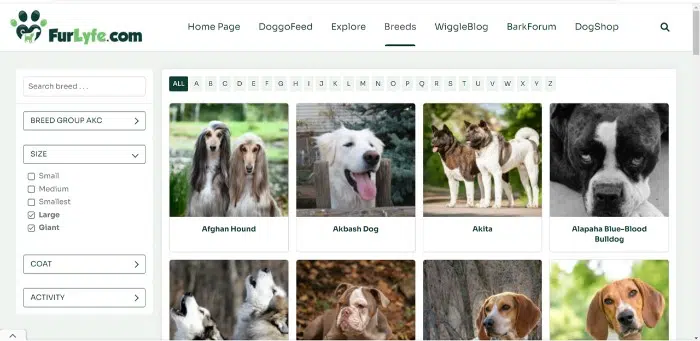
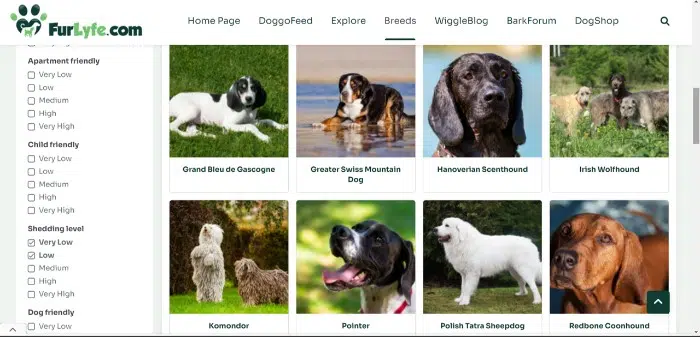
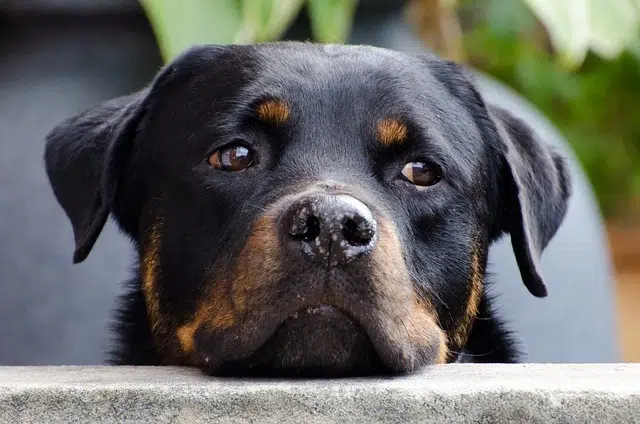
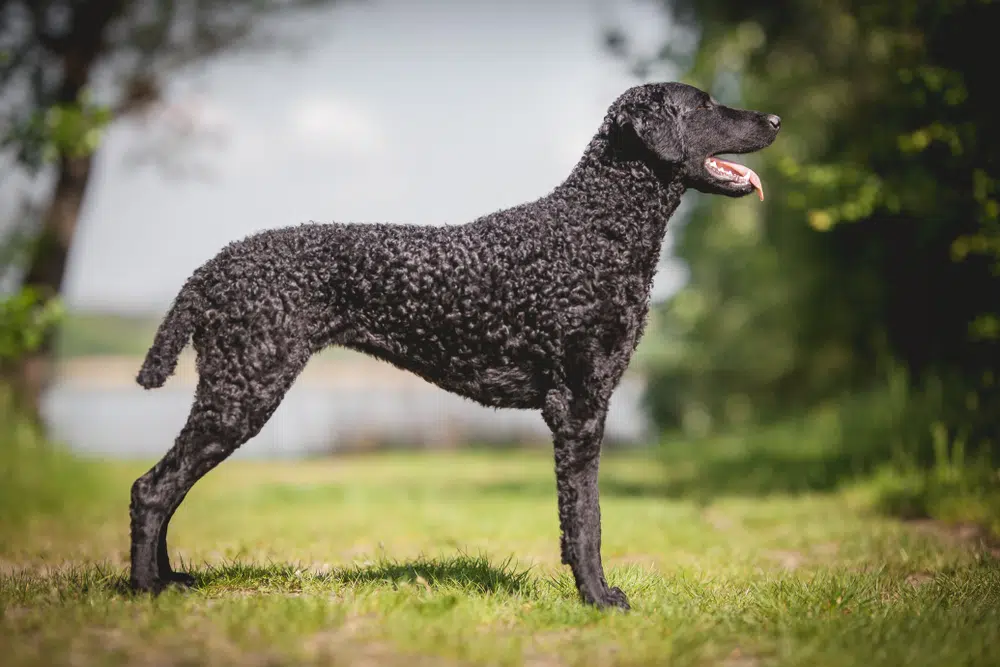
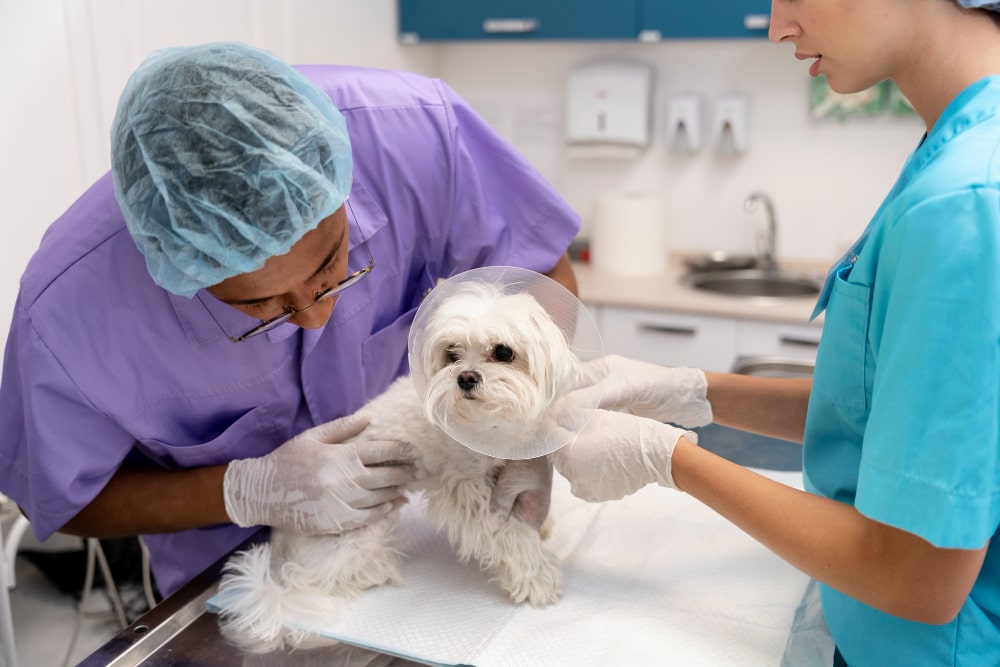
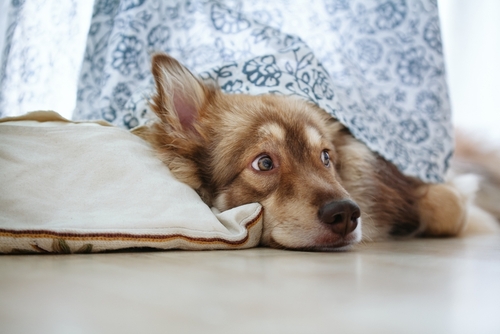
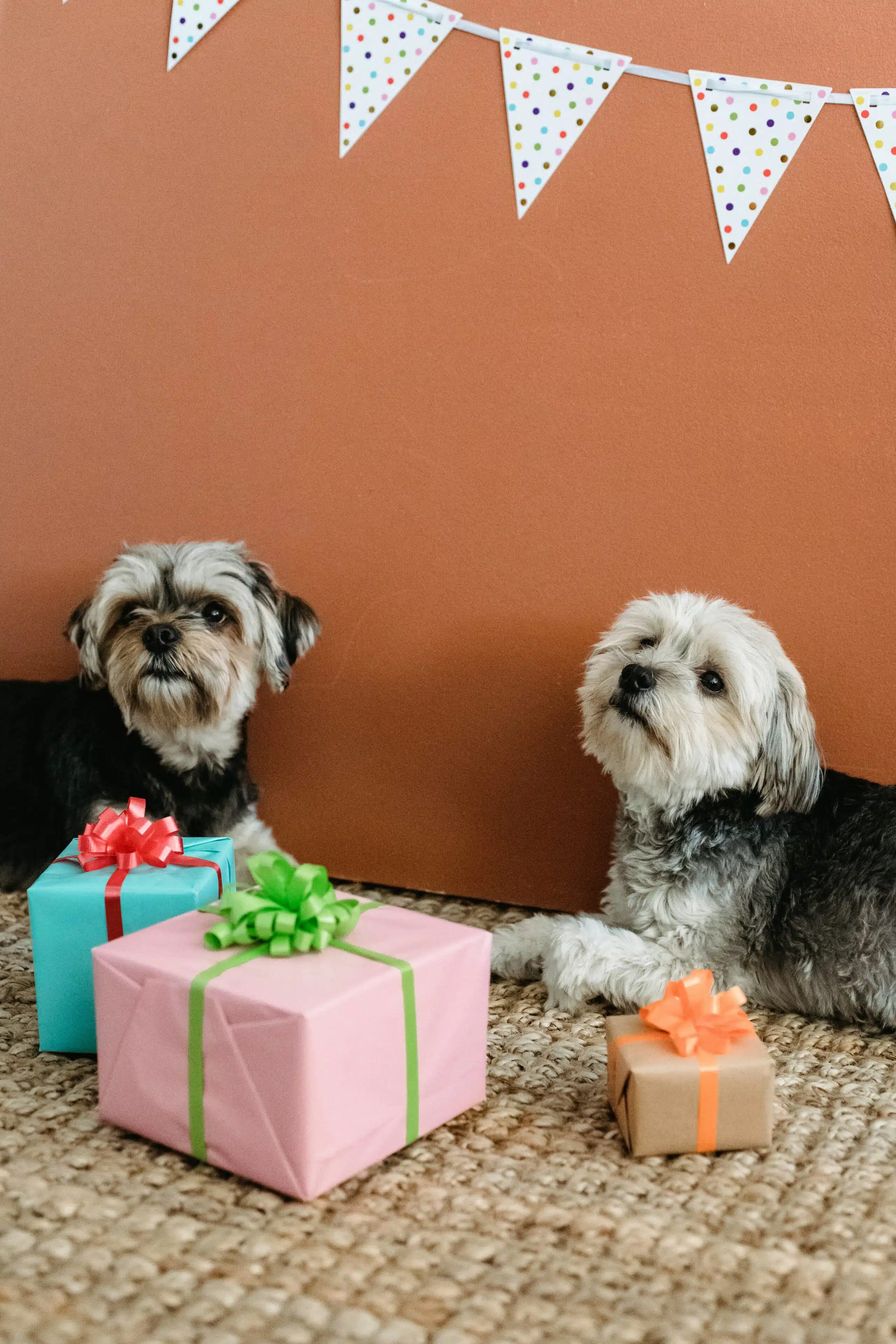
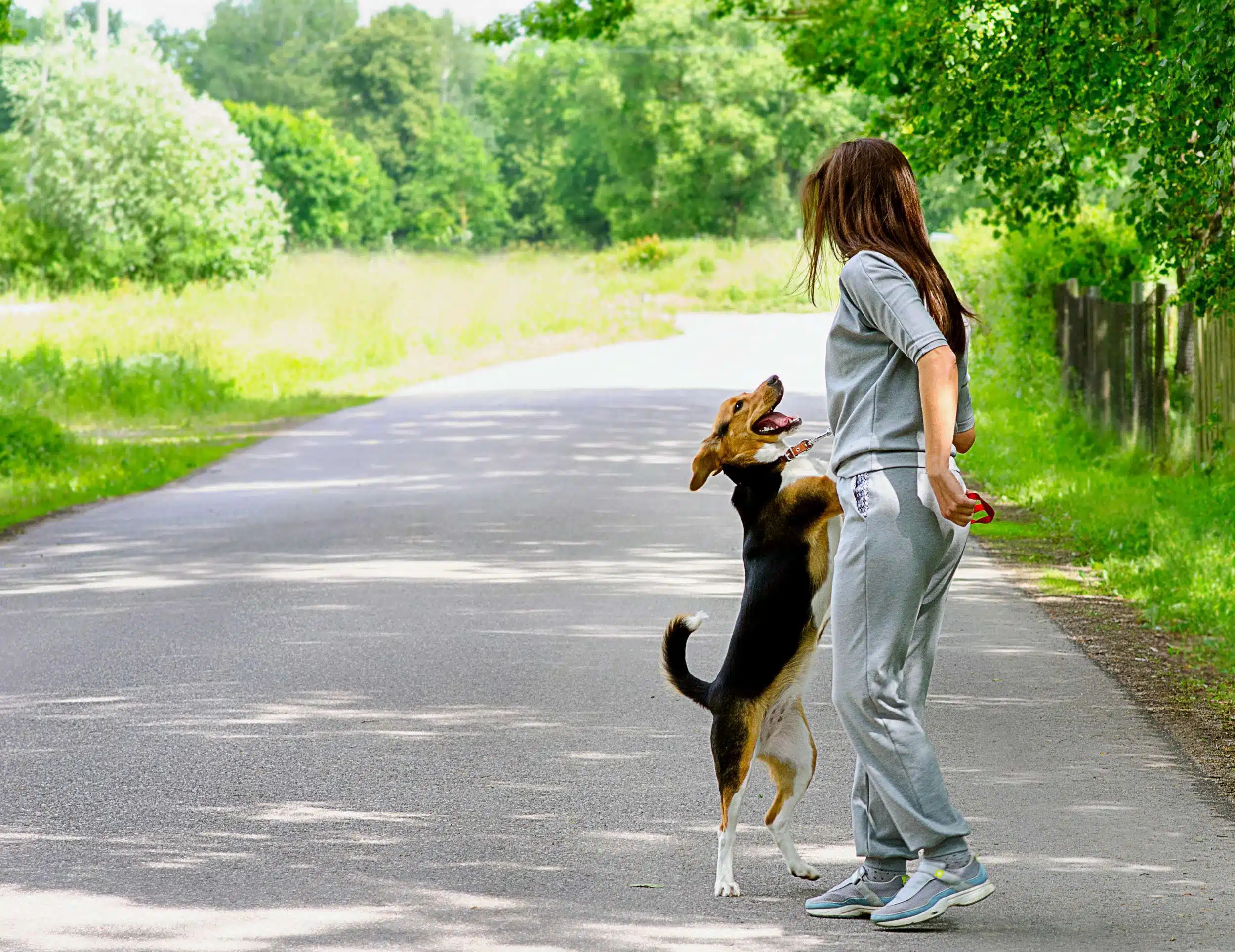
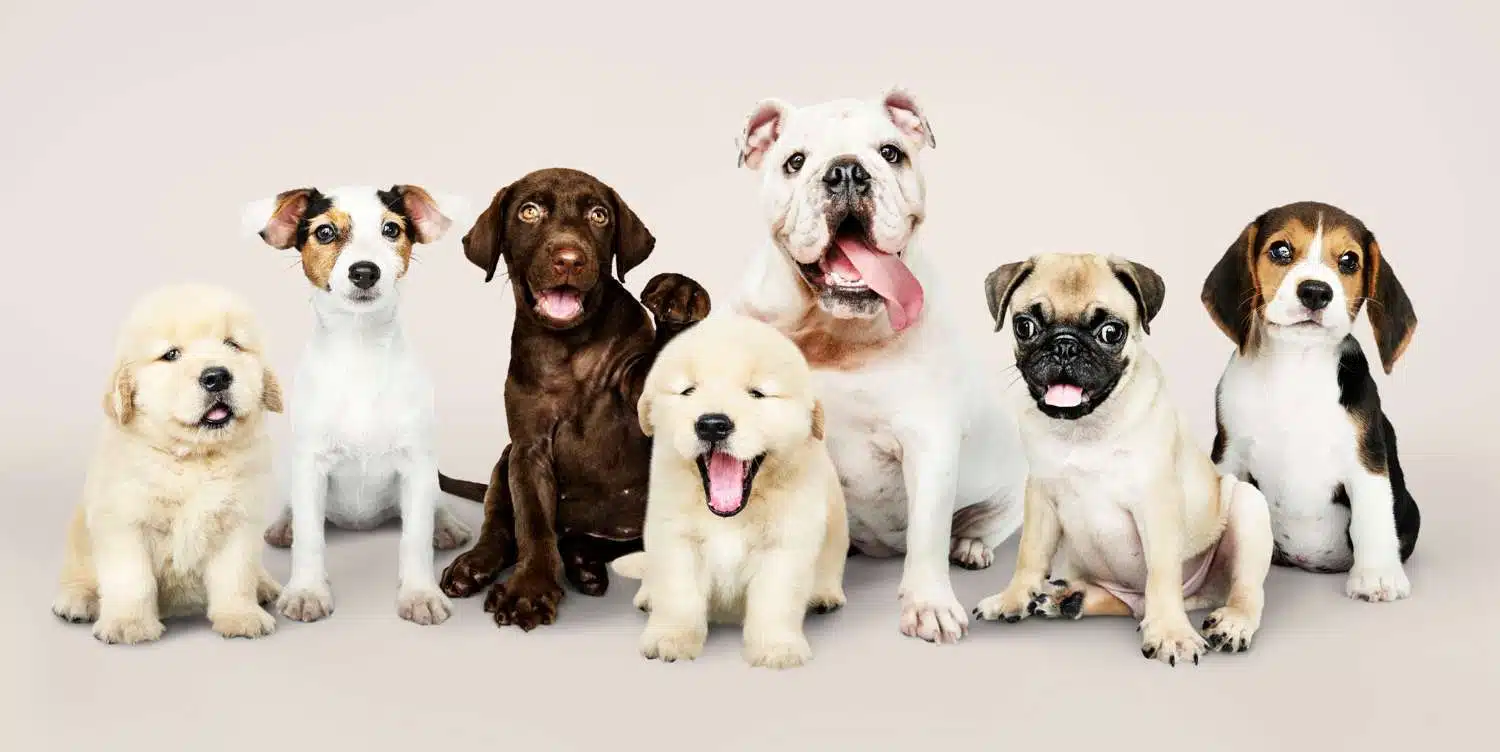
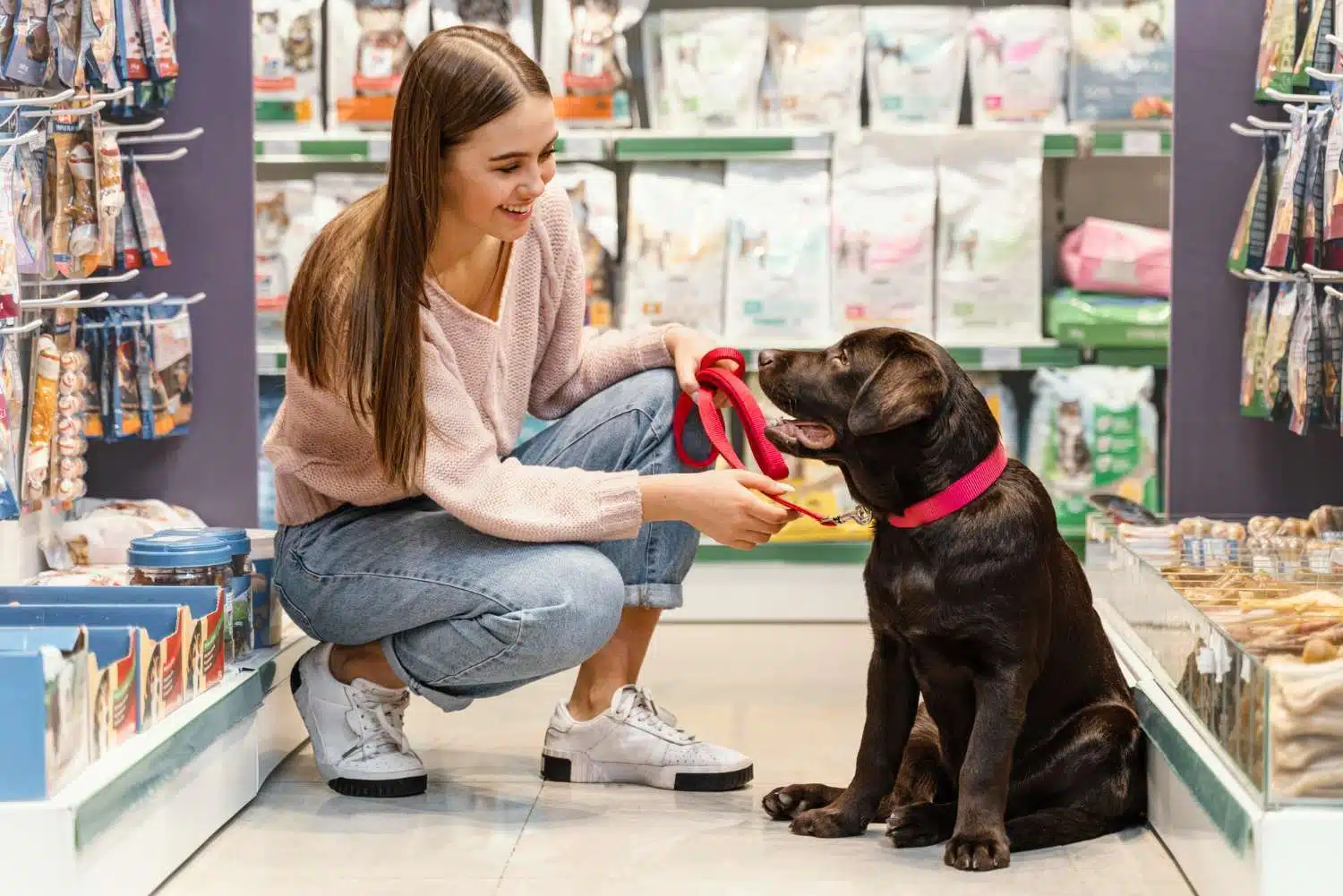

Get involved!
Comments